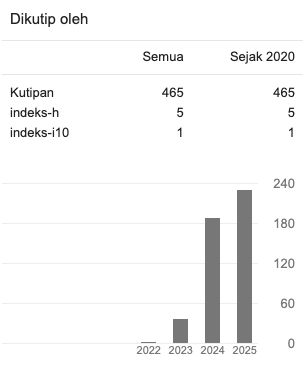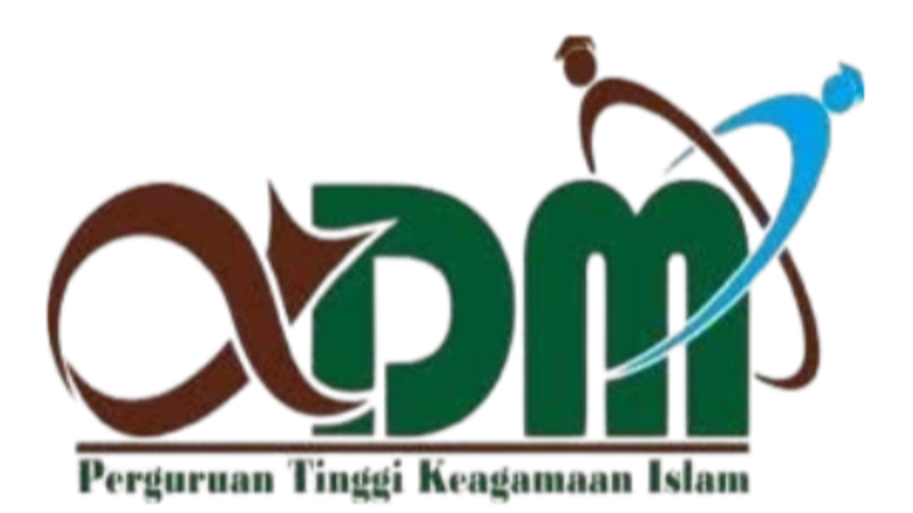ANALISIS ETNOMATEMATIKA PADA PERMAINAN TAPAK KUDA DI PULAU MAYA KALIMANTAN BARAT
DOI:
https://doi.org/10.24260/add.v3i1.3059Keywords:
Ethnomathematics, Horse Hoof, Maya IslandAbstract
Each region has different traditional games, and has specificities based on each area. One example of a traditional game is the game of hoof horses on Maya Island, West Kalimantan. The game of hoof horses, the taubah of the crank game, is undeniable which has a close connection with mathematics. The relationship between mathematics and a culture is commonly known as ethnomathematics. The type of research used is qualitative research with an ethnographic approach. Data collection methods used are observation and documentation. Observations were made twice on April 12 2023 and April 23 2023 which are located in Satai Lestari Village, Pulau Maya District, Kayong Utara Regency, West Kalimantan. The observation was carried out simultaneously with the documentation of the object under study with the research target being a group of children. Based on the results of observation and data collection, the results show that there are ethnomathematics elements in the traditional hoof hoof game. The traditional game of hoof horses on the island of Maya has various forms, namely rotating hoofs, regular hoofs. The two sides are five tiles on the left side and five tiles on the right side. So the total of squares on a normal hoof is ten squares. The rotary hoof and the regular hoof both have a mathematical element. The mathematical element contained in the hoof hoof game is the element of mathematical logic contained in the hoof hoof game rules, namely when a player violates the predetermined rules and will be replaced by the next player. Mathematical elements are also present in the hoof grid, namely the cube nets without a lid. Then in the form of a throwing ball the mathematical elements are geometric elements including triangles, rectangles, and kites.








